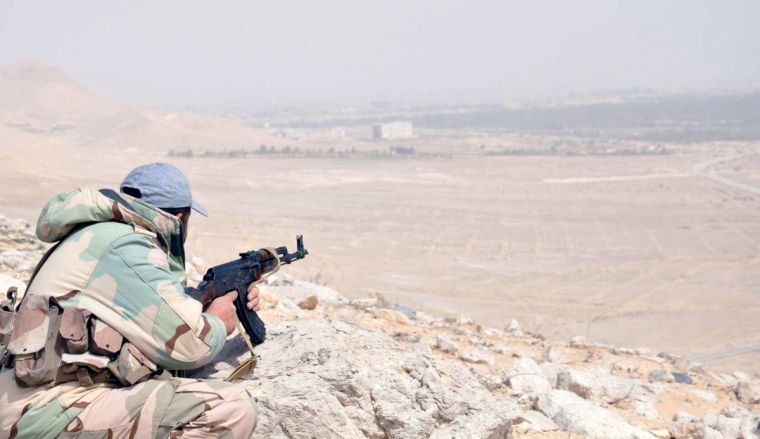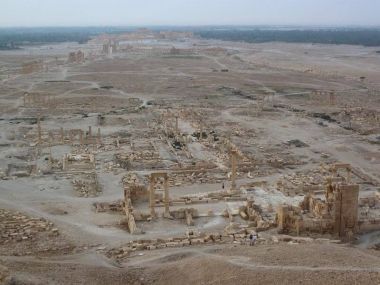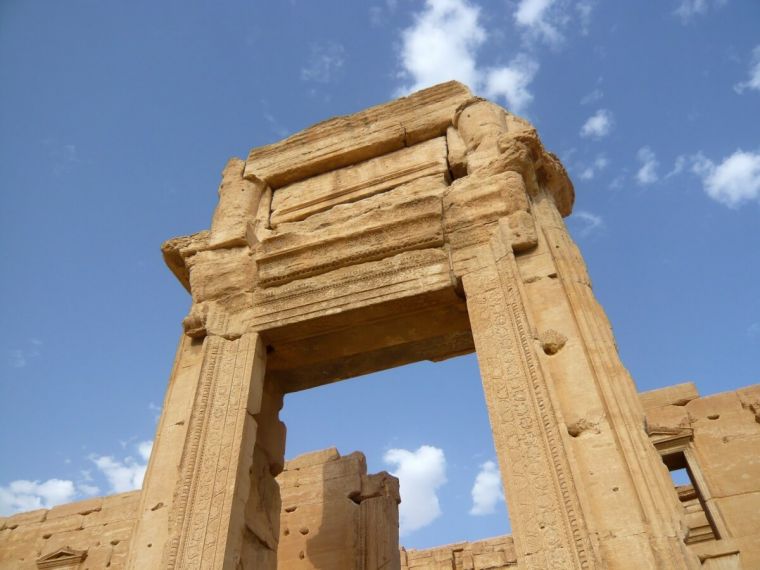Syrian army battles to take back Palmyra from Islamic State

Syrian government forces advanced into Palmyra on several fronts on Saturday, backed by waves of air strikes and artillery barrages, a monitoring group said.
The Syrian Observatory for Human Rights said the fighting was the heaviest yet in the army's three-week campaign to recapture the desert city from Islamic State fighters.
It said Syrian soldiers and allied militias had taken control of neighbourhoods in the western and northern parts of the city. Live television footage showed repeated explosions and smoke rising from many buildings.
Syrian state television earlier said the army, which drove Islamic State fighters out of the symbolic and strategic old citadel overlooking the west of the city on Friday, took full control of the northern district of Al-Amiriya.

But the Observatory said fighting continued in that area, adding that Islamic State militants had launched counter-attacks - including car bombings - against government forces advancing in the city.
The recapture of Palmyra, which the Islamist militants seized in May 2015, would mark the biggest reversal for Islamic State in Syria since Russia's intervention turned the tide of the five-year conflict in President Bashar al-Assad's favour.
Syrian army and allied militia fighters, backed by heavy Russian and Syrian air strikes, have been fighting on the edges of the city for several days.
The Britain-based Observatory, which monitors the fighting through a network of sources within Syria, reported overnight fighting inside Palmyra in the neighborhoods of Mutaqa'ideen and Al-Jami'iya.
Television footage from the citadel on Saturday showed a soldier waving a Syrian national flag by the medieval castle walls, while smoke rose from a central city district.
Palmyra had a population of 50,000 according to a census more than 10 years ago. Those numbers were swelled hugely by an influx of people displaced by Syria's conflict, which has raged since 2011, but most fled when Islamic State took over.

Recapturing the city would open up eastern Syria, where Islamic State controls most of the Euphrates Valley provinces of Deir al-Zor and Raqqa, to the army.
"Our heroic forces are continuing to advance until we liberate every inch of this pure land," a soldier told state-run television in a broadcast from slopes of the citadel, which overlooks the city's monumental Roman-era ruins.
In August, Islamic State fighters dynamited two ancient buildings, the temples of Bel and Baal Shamin, which had stood as cultural landmarks in Palmyra for nearly two millennia. The United Nations described their destruction as a war crime.
Television footage broadcast in the last 24 hours from the edge of Palmyra has shown some of the city's structures and famed colonnades still standing, although the extent of any damage was impossible to assess.
Syrian officials said last year they had moved hundreds of ancient statues to safe locations before the city was overrun by Islamic State.











